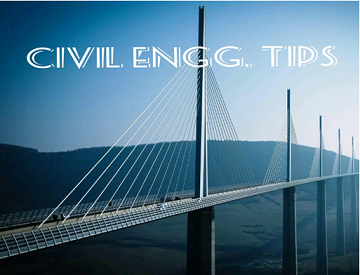Comparison of Different Types of
Falls:
(i)
'Vertical drop' falls are quite suitable for discharge upto 15 cumecs and drops upto 1.5 meters. But this type of fall should not be
flumed.
(ii)
For 'Straight glacis' type falls, the conclusion
was, that they work satisfactorily for all conditions,
if unflumed ; but in that case they become
costly. Even then, they can be adopted suitably
for discharges upto 60 сumecs and drops upto
1.5 meters, and can even be flumed.
(iii)
'Baffle
fall' or 'English fall' may be used for
all discharges when drop is more than 1.5 meters.
This type of fall functions very satisfactorily, either flumed or unflumed, so
long as it is undrowned.
(iv)
Well type falls are suitable and economical for
high drops and very low discharges. They can
hence be easily used, as tail escapes of small channels.
Meter and Non-Meter Falls: Meter falls are those which can be used to measure the discharge of the canal. If the discharge cannot be measured accurately at the site of the fall, then it is called a non-meter fall. Vertical drop fall is not suitable as a meter due to the formation of partial vacuum under the nappe. Glacis type fall is quite suitable as a metering device. Since a sharp crest does not give a constant coefficient of discharge with varying heads, while a broad crest does so reasonably, a fall to be used as meter must be provided with a broad crest. Generally, a flumed glacis fall or a flumed baffle fall, is used as meter, while an unflumed glacis fall is used as a non-meter fall.









